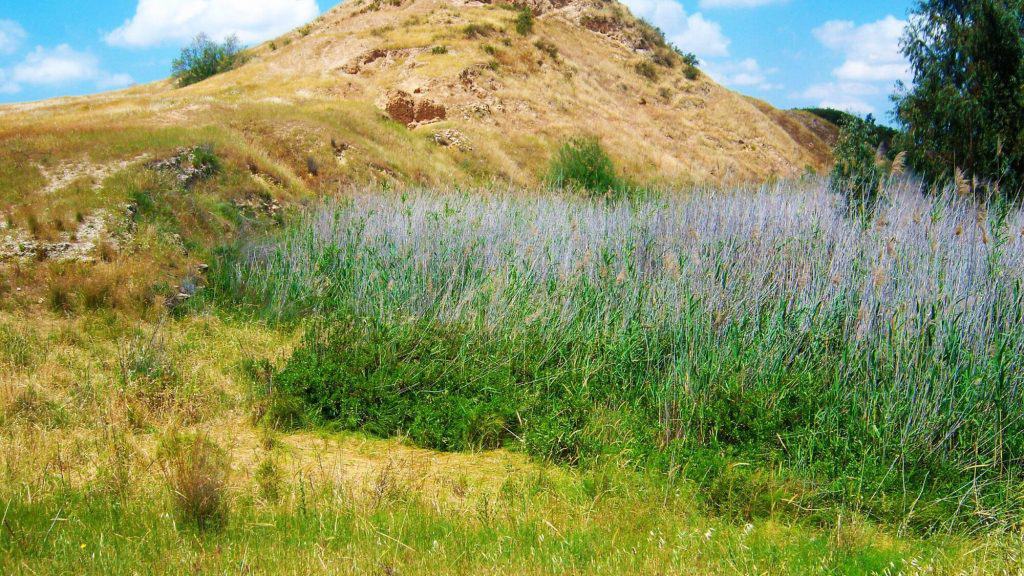The Siege of Lachish occurred during a tumultuous period in the ancient Near East. The Kingdom of Judah, ruled by King Hezekiah, found itself in a precarious position as the Assyrian Empire, led by King Sennacherib, embarked on a campaign to assert its dominance in the region.
Lachish: A Strategic Target
Lachish was a significant Judean city strategically located in the Shephelah region of modern-day Israel. Its fortified walls and prominence made it an attractive target for the Assyrians, who sought to expand their empire and secure control over the Kingdom of Judah.
Lachish Archaeological Tour

Credit: Wilson44691, CC BY-SA 3.0, via Wikimedia Commons
The Assyrian Invasion
The Assyrian invasion of Lachish was a meticulously planned military operation. The city’s siege involved a complex system of trenches, ramps, and siege engines. The Assyrians used advanced siege technology, such as battering rams and mobile towers, to breach Lachish’s defenses.
Lachish National Park

The Lachish Reliefs
One of the most enduring legacies of the Siege of Lachish is the Lachish Reliefs. These monumental stone carvings, discovered in the palace of King Sennacherib in Nineveh, depict scenes from the siege. They vividly portray the assault on the city, the surrender of its defenders, and the presentation of tribute to the victorious Assyrian king.
Biblical Accounts
The Siege of Lachish is also documented in the Hebrew Bible. The Book of 2 Kings and the Book of Isaiah provide accounts of the Assyrian invasion and the subsequent capture of Lachish. These biblical narratives align with the historical and archaeological evidence, adding an extra layer of authenticity to the event.
Impact on Judah
The fall of Lachish had profound consequences for the Kingdom of Judah. It marked a significant Assyrian victory and underscored the power imbalance between the Assyrian Empire and the region’s smaller nations. It also set the stage for further Assyrian campaigns in the area.
Legacy and Lessons
The Siege of Lachish serves as a stark reminder of the military might of the Assyrian Empire and the challenges faced by the smaller kingdoms of the ancient Near East. It is a testament to the enduring significance of archaeological discoveries, such as the Lachish Reliefs, in enriching our understanding of history.
Lachish Letters
In conclusion, the Siege of Lachish by the Assyrians is a historical event that reverberates through time, leaving its mark on the annals of ancient history and the archaeological record. It stands as a reminder of the complexities and power struggles of the ancient world, where conquest and resistance played defining roles in shaping the destiny of nations.